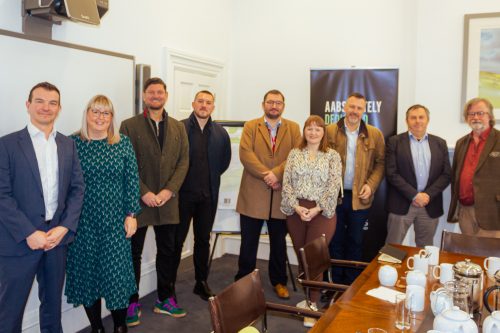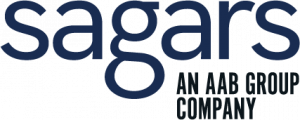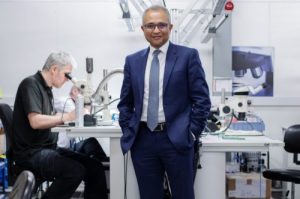How innovators can monetise their ideas to drive growth

Funding is a challenge for many start-ups and innovators. How do you convince funders your idea has legs?
Traditional lenders are notoriously risk averse, and so many firms look to sell equity or seek alternative financing – but the quest is still not easy.
The round table on intabgible assets, innovation, creativity and growth, hosted by sponsors Sagars Accountants, an AAB company, looked at some of the options and the challenges they posed.
Steve Wilson, of Aon, said, “I think there’s a real need, a structural need, in the UK to address the funding gap. As a start-up, if you’ve got a great idea and you’ve got a friendly VC on hand, you might get £100,000 or £200,000 angel investment. You might get another round of private equity coming on board.
“But then you need the growth capital. You as an entrepreneur have to say, ‘do I want to lose control of my business, or can I go and get some debt?’ And there is not that much debt available to growing, idea-heavy businesses in this country. Fundamentally, we need to address that.”
Mark Lumley, of law firm Freeths, looked to the US for a possible solution. There, 
“They consistently give away their consulting time,” he said. “They’re so desperate for that first customer and then that becomes a habit…and they just become this stodgy entity that doesn’t generate enough revenue from what they do.”
Instead, he said, firms should demonstrate the value in their work and charge for it. “If they don’t see the value in what you’ve done, and they’re not willing to pay for it, what’s the point of you doing anything? You need to show them the amount of effort you put in and the value to them.”
Wilson pointed out that firms could use intangible assets – intellectual property such as patents and trademarks, and trade secrets and goodwill – to help fund their business.
“What we’ve been doing as a business is to take intangible assets, quantifying them, and creating lendable materials out of them. Whether it be in a factory making sealants, whether it be in a tech-up, or whether it be your own computer code, they’re all worth something.
“But it’s translating that idea on a piece of paper or a disk somewhere into something you can present to an insurer or lender that they are prepared to lend money against. All of a sudden that intangible asset becomes very real indeed – and ultimately, that’s what IP should be generating: something very tangible.”
Ryan Sorby, Growth Lending Group’s regional head of debt finance for the North and Scotland, warned that valuations of intangible assets were not tested against the market, as tangible assets were.
He said: “I think it’s just the infancy of where we are with these intangible assets. And it’s not helped by the noise around valuations in the tech sector – they’ve been frothy. That’s just the answer to that nervousness about what the valuation is.”
Sagars senior accountant Richard Garrick said: “The biggest issue is that the intangible asset is internally generated. But there’s massive value there. There’s value in the company, but it isn’t on the balance sheet.”
Growth Lending Group business development manager Michael Collins said, “Ultimately, we need to throw the rulebook out of the window and say it’s not a discounted cash flow, it’s not a net asset value. There’s no fair market for it. It’s going to be very dependent on that business at that time. It’s difficult.”
This is the second of two reports from this round table. The first report looked at cultural risk aversion and the need for communities built around innovation.
The intangibles series is sponsored by Sagars Accountants, an AAB Group company, Aon, Freeths and Growth Lending Group.








